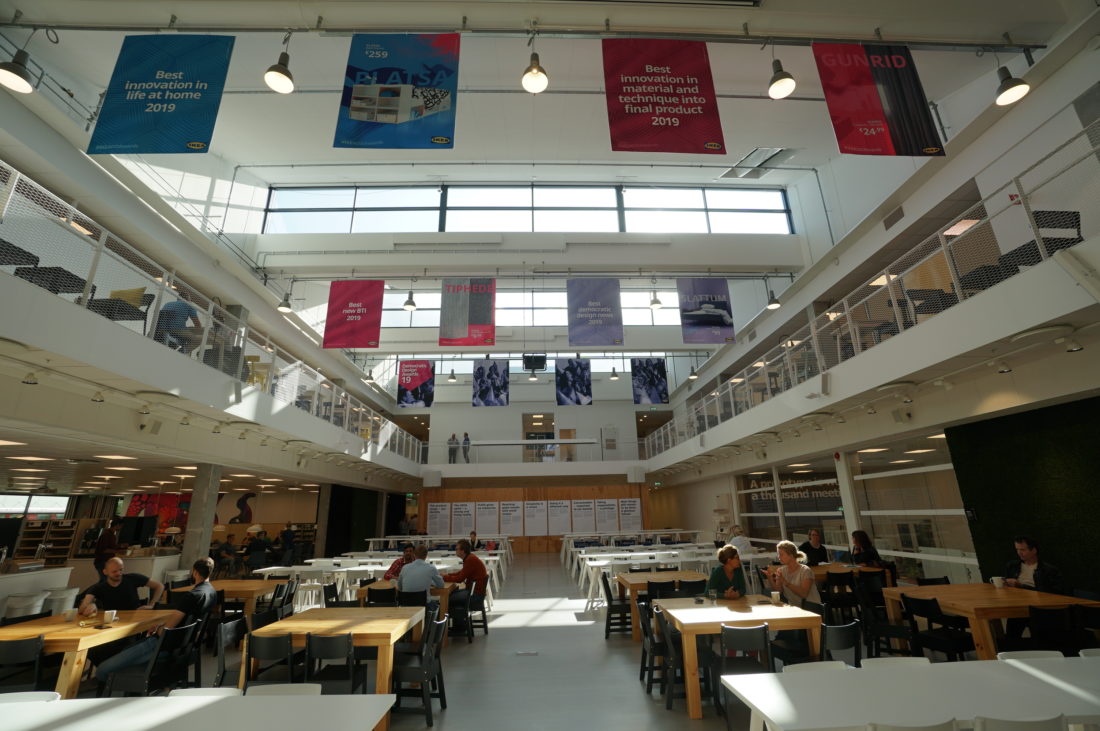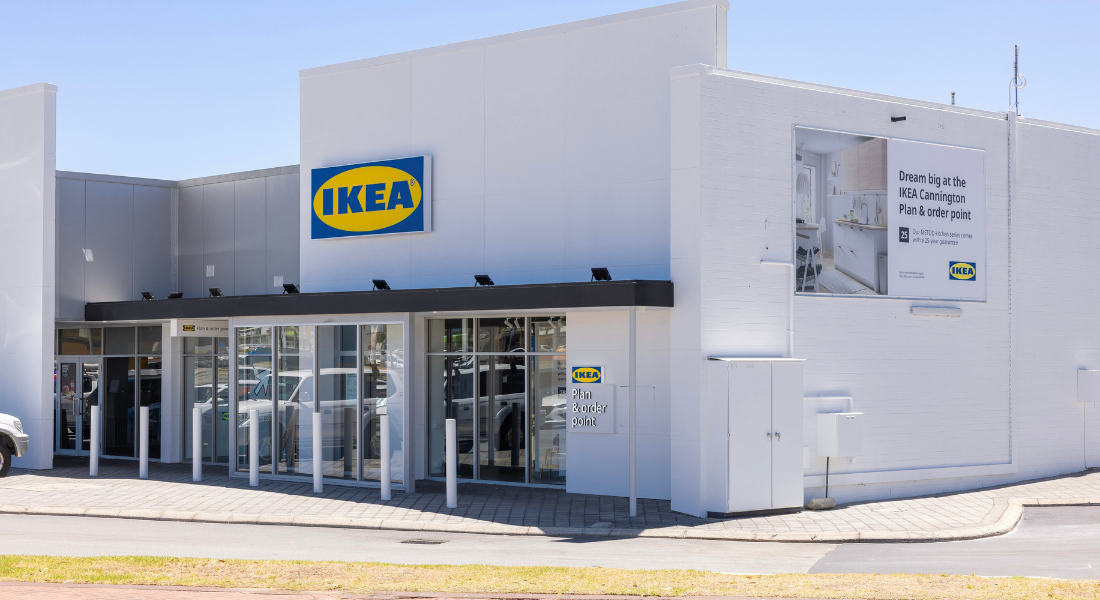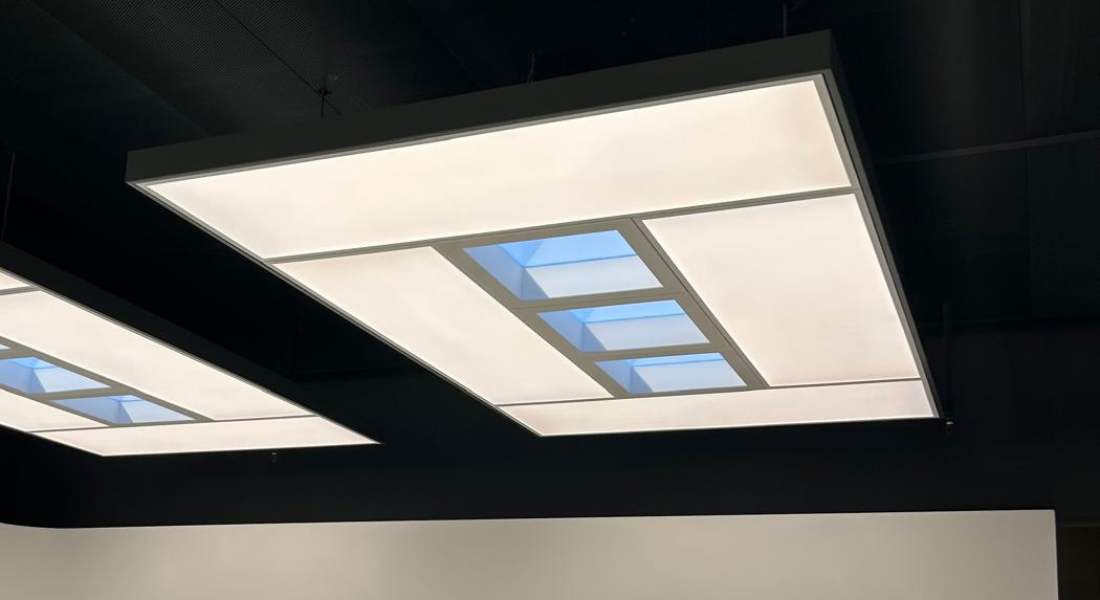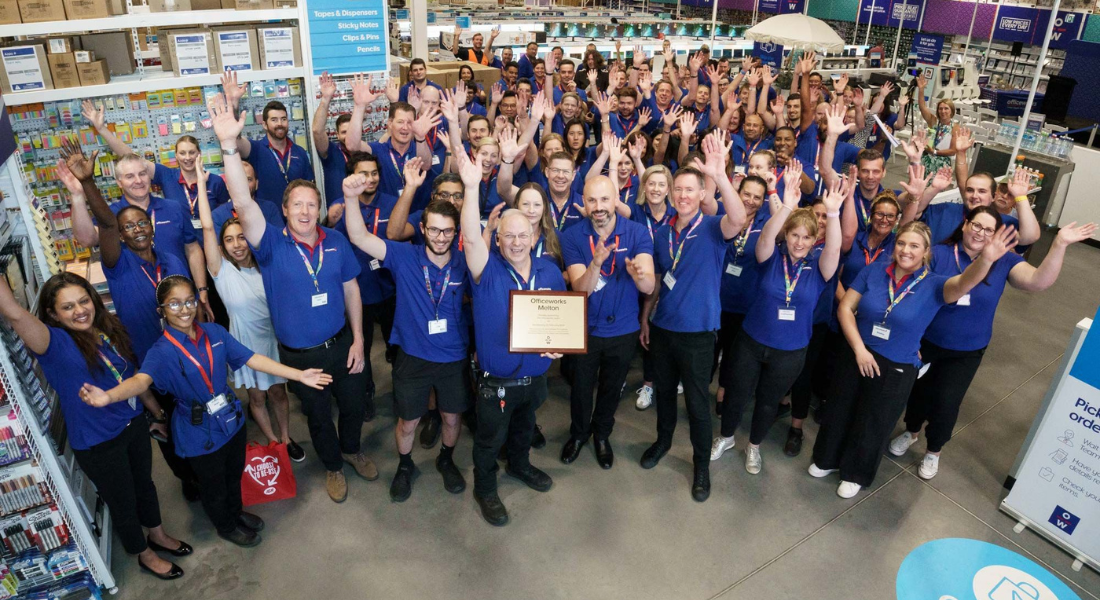World-First Behind the Scenes Tour of IKEA

Unless you’ve worked for IKEA no one has ever seen what really goes on at the global headquarters, and birthplace of IKEA in Älmhult, Sweden. That is until now.
For the eighth consecutive year Phil Schoutrop, Director and Principal of Buchan, led the LFRA Overseas Study Tour. And this year, with many thanks to Steve Adamson at IKEA, they took the tour where no external organisation had ever been.
LFRA members were given exclusive access to IKEA’s Prototype Shop where product design, experimentation and development takes place for their global range. With an ambitious goal of renewing or replacing 20% of their product range annually, the Prototype Shop plays an important role in addressing gaps in customer demand and fulfilling IKEA’s vision “to create a better everyday life for the many people”.
Within the Prototype Shop are five departments: 3D printing, textile, wood, metal, and surface painting.
IKEA started 3D printing in 2013 and today they have a team of fifteen operating the seven industrial-sized 3D printers. The printers can produce 1:1 scale of chairs and other furniture, transforming sketches and ideas into reality. Having 1:1 scaled models allow the team to interact with the prototype and adjust the design necessarily.
Through trial and error, the first design is unlikely to look like the final product. However, it informs the product’s journey where each print informs the next design phase, continuously evolving and innovating as a product.
After exploring the 3D printing room, Tour members were shown the textile department.
Having its own textile room allows IKEA to print and see pattern samples for sofas, bed linen, lamp shades instantly. When the design is finalised IKEA contacts overseas suppliers for mass production.
Sofa patterns are draped over styrofoam models, also made on site, which allows IKEA designers to accurately work the shape and fit of coverings.
Next, tour members were escorted to IKEA’s wood workshop, where the wedge dowel came to life.
The wedge dowel is an IKEA-developed and patented concept created by three engineers taking several years to transform the idea into products on the market. Made from wood or plastic with milled grooves mimicking a threaded screw, the wedge dowel makes screws and tools unnecessary.
Products simply click and connect into pre-drilled holes, shortening the assembly time for a piece of flat packed furniture by 50 to 80 percent.
Following a demonstration of the wedge dowel, the next stop was the metal department.
In this section of the Prototype Shop, tubes and legs for model chairs and tables are made. Metal is cut with a high-pressured spray of water and sand, giving them a sharp and smooth cut every time. However unlike in the wood workshop, this machinery is not handled by people. Instead, IKEA experts send instructions to the cutting machines remotely.
The surface painting room is the last stop for prototypes ahead of their final inspection to see if the product is ready for market. Spray painting is the most efficient and thus preferred technique in IKEA Prototype Shop. Despite this, different painting techniques may be used for products on the market, depending on the materials and level of detail required. However, prototypes are usually wood or plastic-based, so spray painting gives it the ‘look and feel’ required.
When ready, and after hundreds of rigorous quality checks, the final prototype is judged by a panel to see if it satisfies IKEA’s five principles of democratic design. Approximately 75% of prototypes end up on IKEA’s shelves, sold and used worldwide.
In addition to the Prototype Shop, the Tour group visited IKEA of Sweden’s Head Office, observing how the successful ‘IKEA culture’ is supported and implemented across all parts of the organisation. More about IKEA’s values and culture has been explored in this exclusive Unwrap article.
This article is a part of a 10-segment series covering the 2019 LFRA Overseas Study Tour.




